|
Week Seven
When a rainstorm hits its always reassuring to know that our traps are up and butterflies safe. Coming to the end of our fieldwork season, every collection day counts and we have fingers crossed that our third and final sampling cycle will be as successful as the first. For this cycle we hung traps in a section of the concession logged 5 years ago. Admittedly this area of forest is fairly disturbed, but it will be interesting to see how the butterfly population and microclimate has recovered since then. Already we've noticed differences, in the vegetation, terrain and general feel of the forests. Whether the latter has more to do with weather conditions, our own tiredness or the sheer number of bitey things I'm not certain. However I am excited to see if these differences are reflected in the temperature and humidity data we are collecting from each site. One thing I will say is that for some reason there are more mosquitoes in this 'old logged' forest than I have ever experienced before. Enter, and within seconds you are swarmed by the little nasties. That tinnitus-like drone in your ears is constant, the harassing of your face and body, unabating. However, we managed to get to the field earlier than normal the other day and avoided the mosquito plague - much to our relief! It was a wonderful morning. Rays of sun filtering through the canopy and a million sounds to excite any biologist, such that despite the piles of logs we had to clamber over and sticky bog we had to wade through, I felt totally elated by the beauty of our surroundings. That is the thing, working here is like riding a rollercoaster of emotions. One minute you are waving your arms about in blind fury, the next you are gazing with wonder up at towering giants, admiring their opportunistic epiphytes or the diversity of curious fungi at their trunks. Some days, everything runs smoothly and others it all hits the fan. As anybody who has done it before would agree - these are the joys of fieldwork! Tish
1 Comment
Week Six
It feels like, till now, this trip has been a mad rush of macheteing through the forest, chopping rotting fish, collecting butterflies and processing them, with only the occasional broken-down car or rainy day to add a little spice. Welcome to Peru! However, staying here at Camp 2, in what is quite literally the middle of nowhere, has been a welcome change to our daily routine. Here you can't sleep past 5:30 am due to the workers' morning ritual of playing music. Food is cooked over an open fire, and our bathroom is the boundless rainforest surrounding us. Yes, working here is hard - there is a gruelling hour's walk in the forest to reach our sites. Yes, every insect here wants to bite us. But, here, in what is nearly untouched primary forest, one feels at peace in a way that is simply impossible anywhere else. Our first night here, Tish and I just lay back and looked at the stars; it's like being surrounded by the night sky, with only the occasional shooting star or firefly able to draw your attention away from the sheer magnificence in front of you. And that is the beauty of fieldwork - though at times it is difficult, and you want to give up, there is something inherently rewarding about it. Sorting butterflies in our makeshift lab, we are surrounded by curious workers, asking us which butterflies we are holding and what we are going to do with them. Before long, the workers themselves can identify a 'Morpho' butterfly and pay rapt attention as each sample is meticulously recorded onto our spreadsheet. Here, it seems like our work is appreciated and respected more than it could ever be back home, with the distracting bustle of city life. I'm so glad and so incredibly grateful to be here. !Bienvenido a Peru! Mahika Week Five
Yesterday we took the butterfly traps down in preparation for our next sampling cycle. It was an interesting venture into the forest to say the least. With a team member down and the space of an afternoon to clear all six sites, we were very pushed for time. Rushing from one site to the next, busy collecting butterflies, folding traps and clearing the grotty bait I almost missed the grumble of thunder in the distance. Within minutes the heavens opened and we were soaked from head to toe, at which point my plastic poncho seemed pretty useless! Droplets the size of marbles falling onto our faces, sweet petrichor filling our nostrils. I looked up into the canopy and smiled, because at that moment it didn't matter that my clothes were sodden, weellies full of water, hands stinking of rotten butterfly bait - I could only wonder at the force of an Amazonian rainstorm! We didn't stay long and today had the joyous task of cleaning the products of our mission. Normally butterfly traps can be attended to every other sampling cycle, but in this case the layer of inconspicuous exoskeletons, bodies, wings and other half-eaten debris was so deep that we could hardly fish out the butterfly wings. Butterfly traps seem to attract the very worst of the invertebrate kingdom. Cockroaches, crickets, wasps and spiders, these (and ants) take a special liking to tasty butterflies, though fortunately for us they don't eat the wings. Three friends from camp came to watch, with amusement and fascination, Mahika and I hastily scrub rotten fish off the trap sides, empty out the insect corpses and remove the lucky, though not so amiable survivors. By the end we had a bucket full of grim brown water, bodies floating on its surface and a pile of detritus on the muddy floor. Job done, and we were very glad for it - I'd chose a rainstorm over that mess any day! Ciao for now, Tish Week Four
Think it's about time I gave you a little insight into our work in the lab... A fantastic little office, somewhere I feel instantly at peace when opening my ears to the sounds of the forest (when the generator in not running!). At other times, the heat is unreal and we try our best to work efficiently, knowing that as soon as darkness falls the flies and mosquitos will descend on mass to harass our concentrated faces. It is the brain of our project, where decisions are made, equipment prepared, and each sample sorted and stored. Though the process of photographing every butterfly and recording all our data is a lengthy one, it is very rewarding to see the results of a hard collection day. In addition to the boxes of bags, rope, face masks, gloves, helmets... We have some new 'stuff' that who else but a pernickety scientist would get excited about - fresh envelopes, tubes and fitted labels, thank you Gabriela! How the small things can make research a million times easier. I don't want to know how much time we've spent before this cutting tiny pieces of paper to fit the tubes and making envelopes for the butterflies - futile tasks now history. I suspect that some of the workers wonder what on earth we get up to in the lab, busying about with laptops, strange equipment, plastic cups, string and polystyrene take-out dishes (these we use to make waterproof houses for the temperature and humidity data loggers). I often explain (in somewhat limited Spanish) the purpose of these exercises and am pleased to say that many people take an interest, though some, despite my attempts, will still stand there looking blank and bewildered! I know that a majority do care as much about the project as our own well-being, which is a great relief. ... on that note, I better get back to sorting butterflies! Saludos, Tish |
Details
AuthorWrite something about yourself. No need to be fancy, just an overview. Archives
September 2018
Categories |
Project Peru 2018
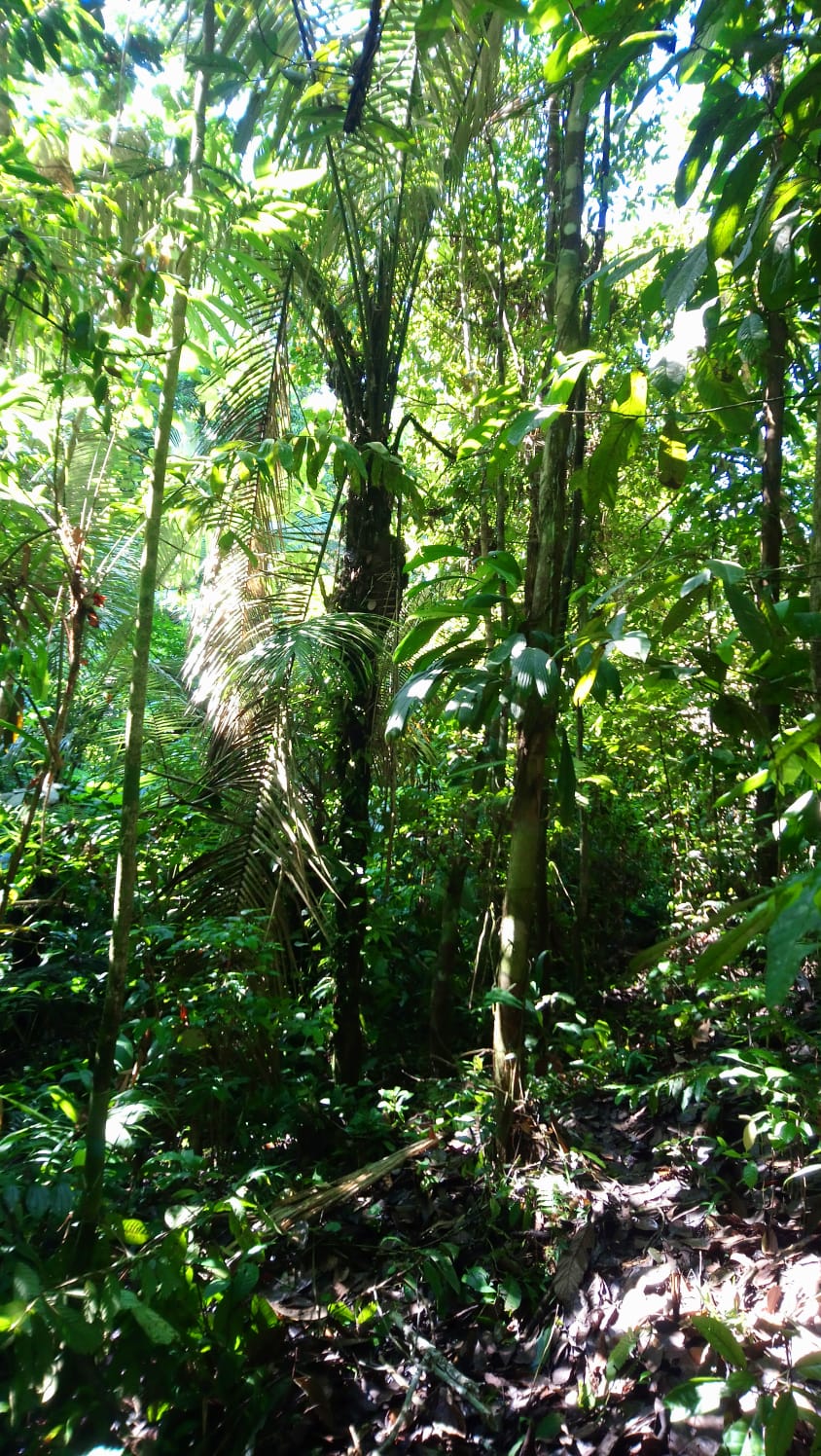
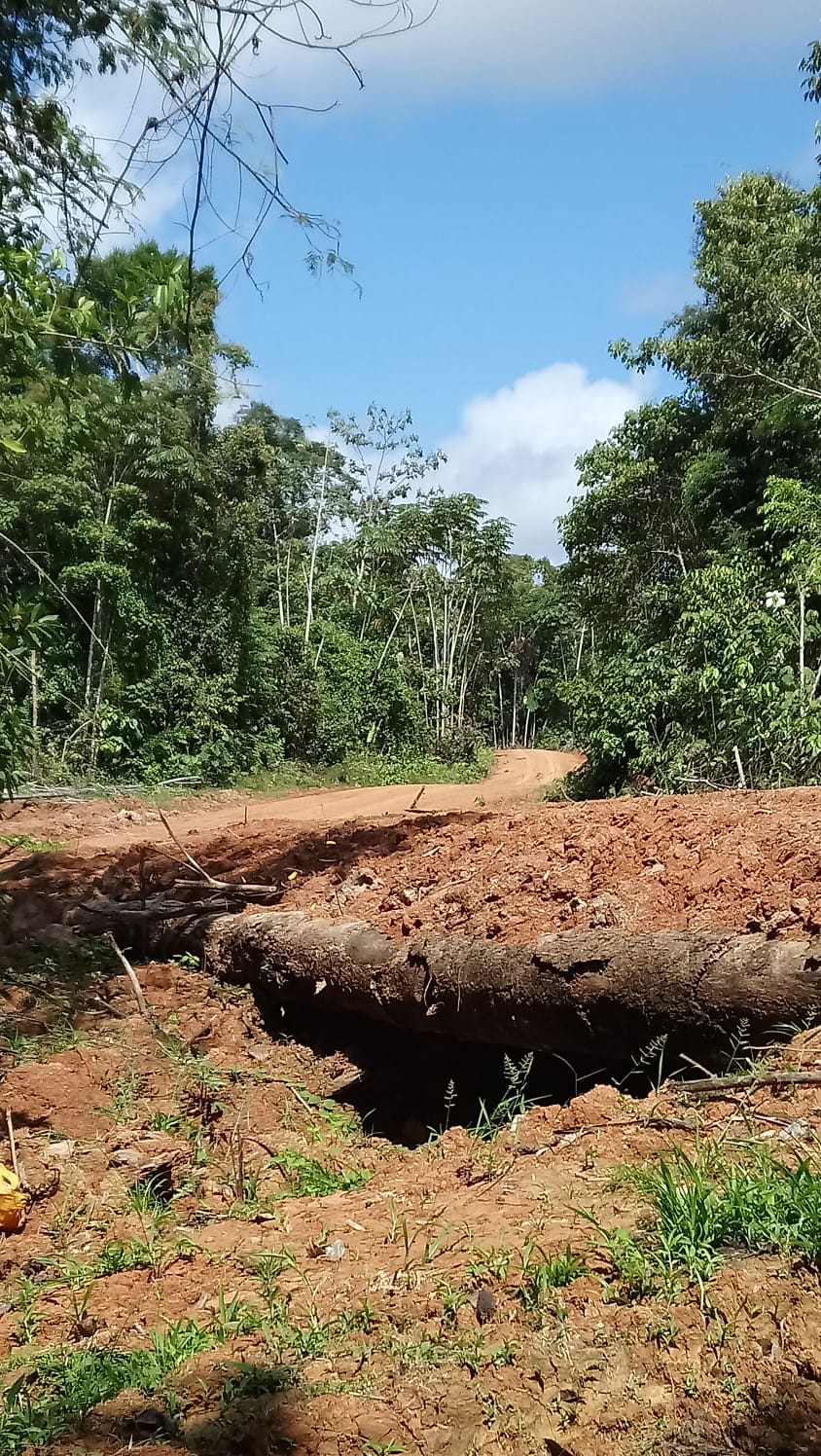
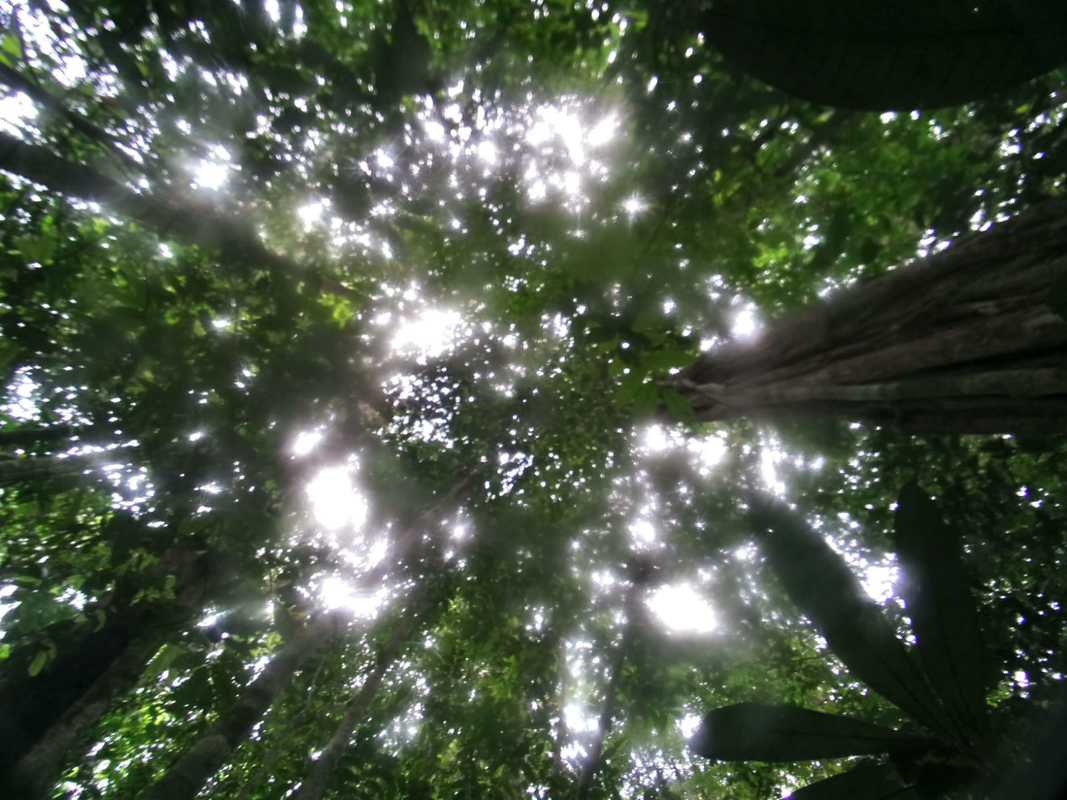
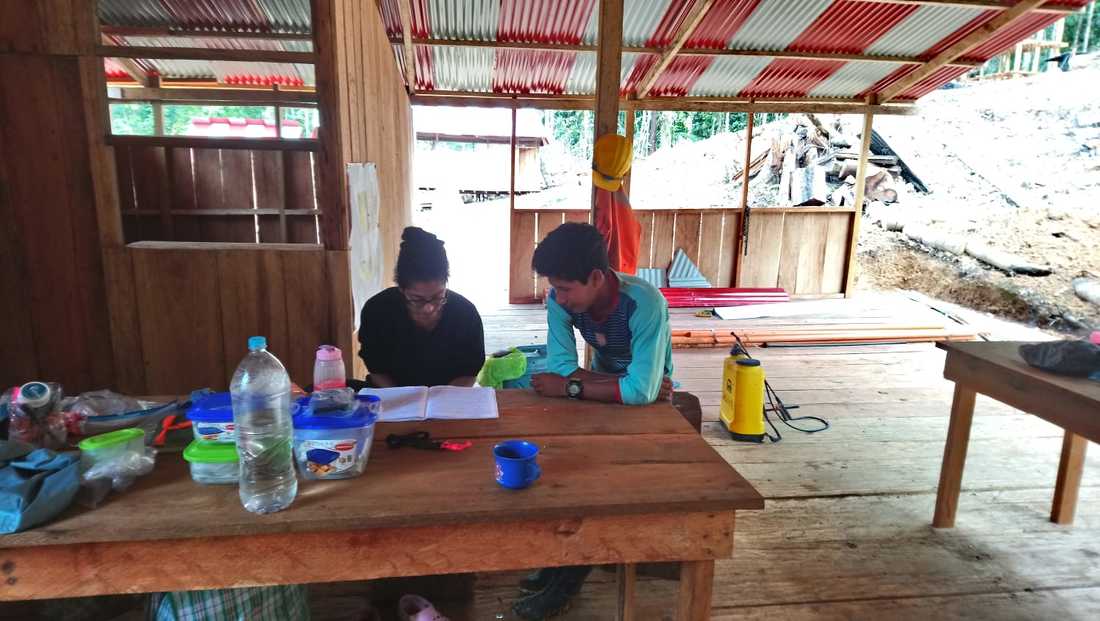
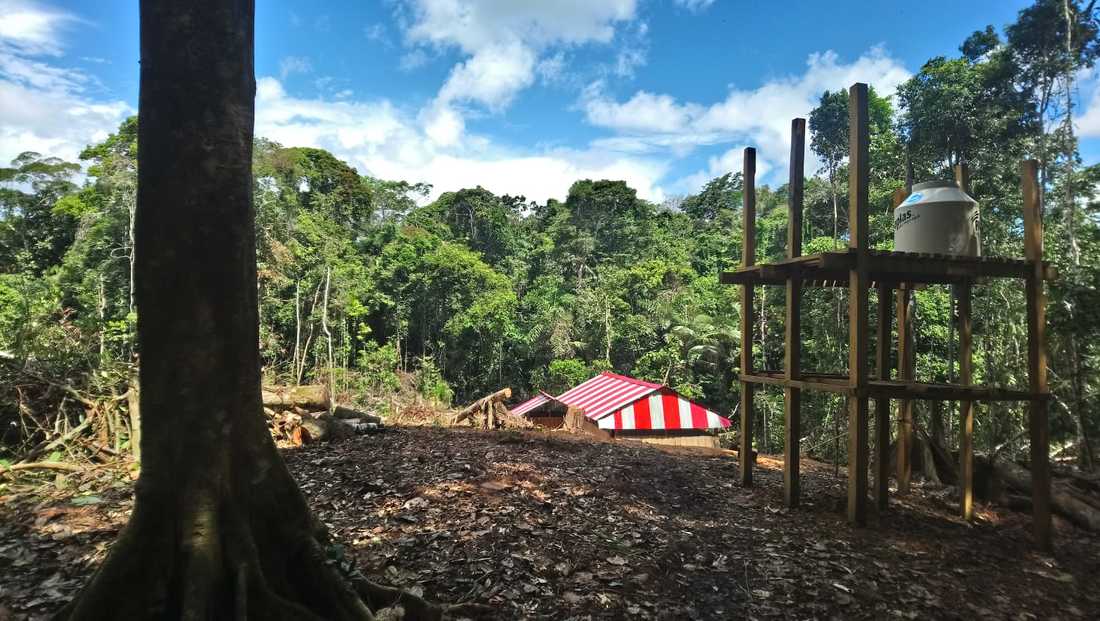
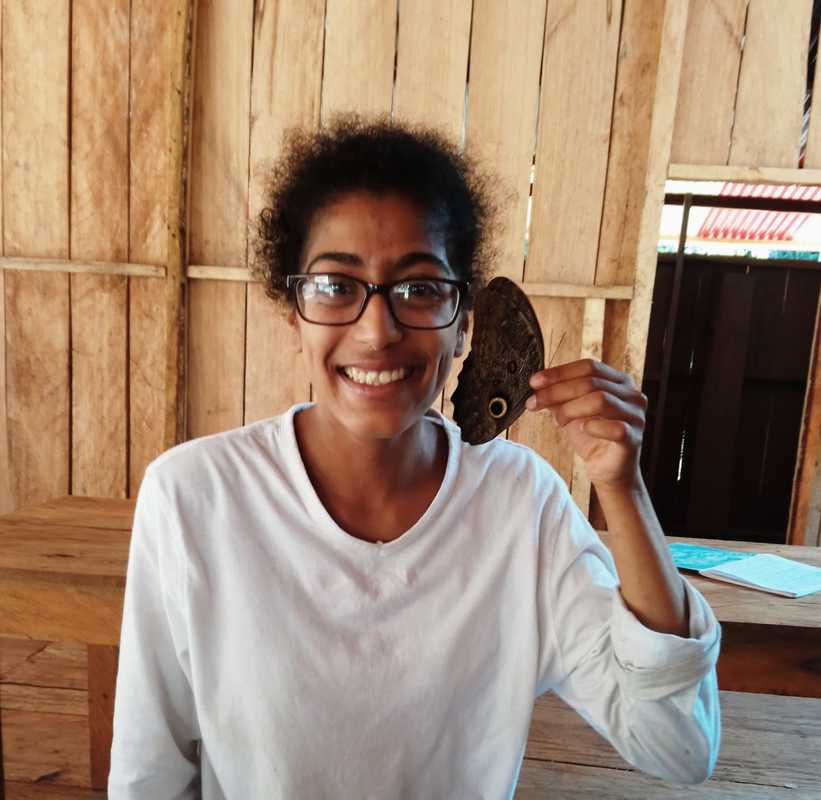
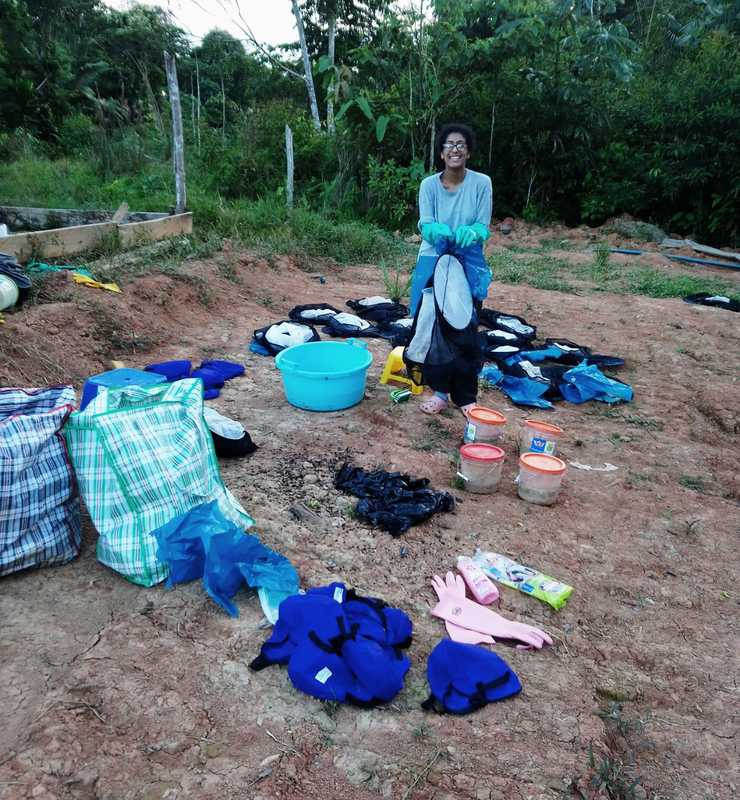
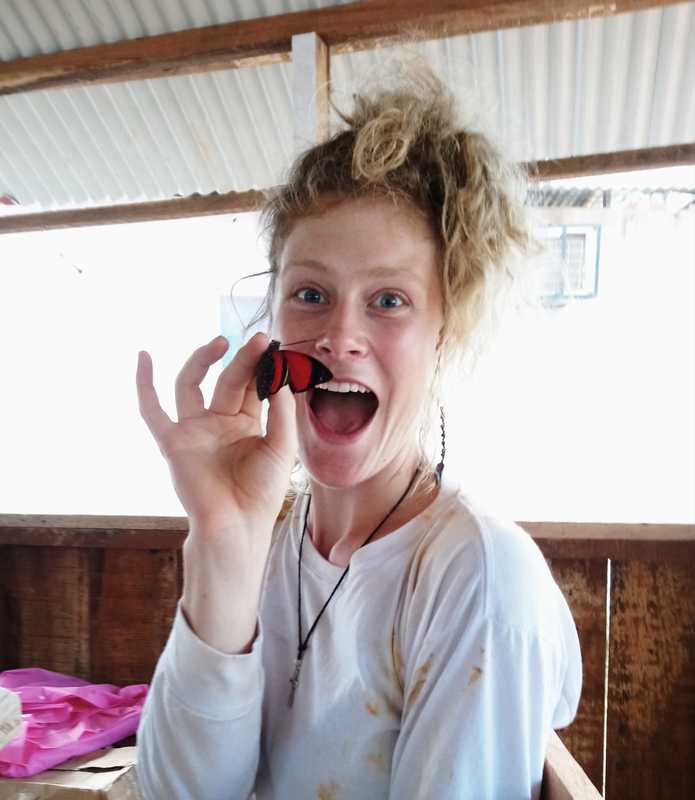
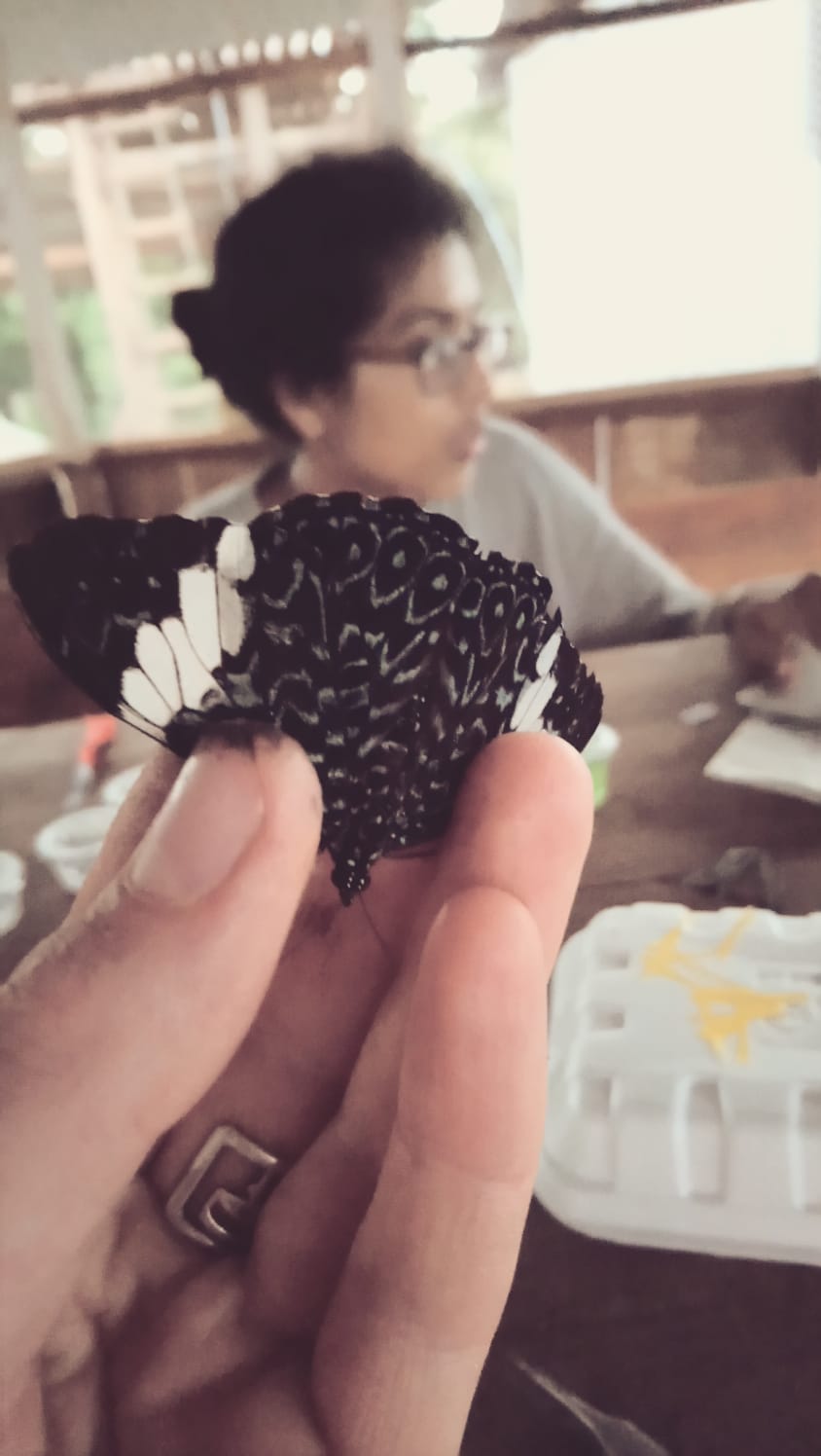
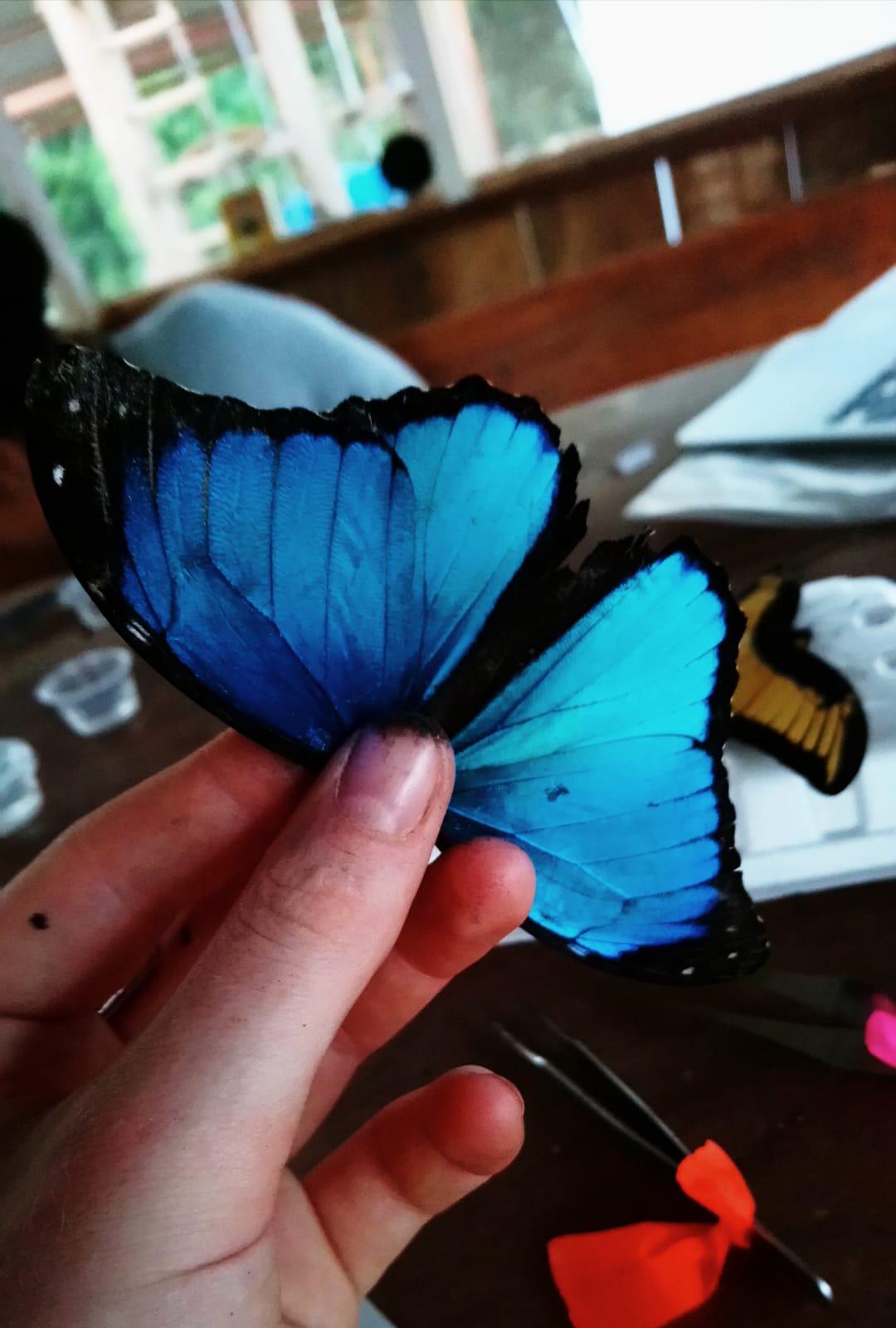
 RSS Feed
RSS Feed
